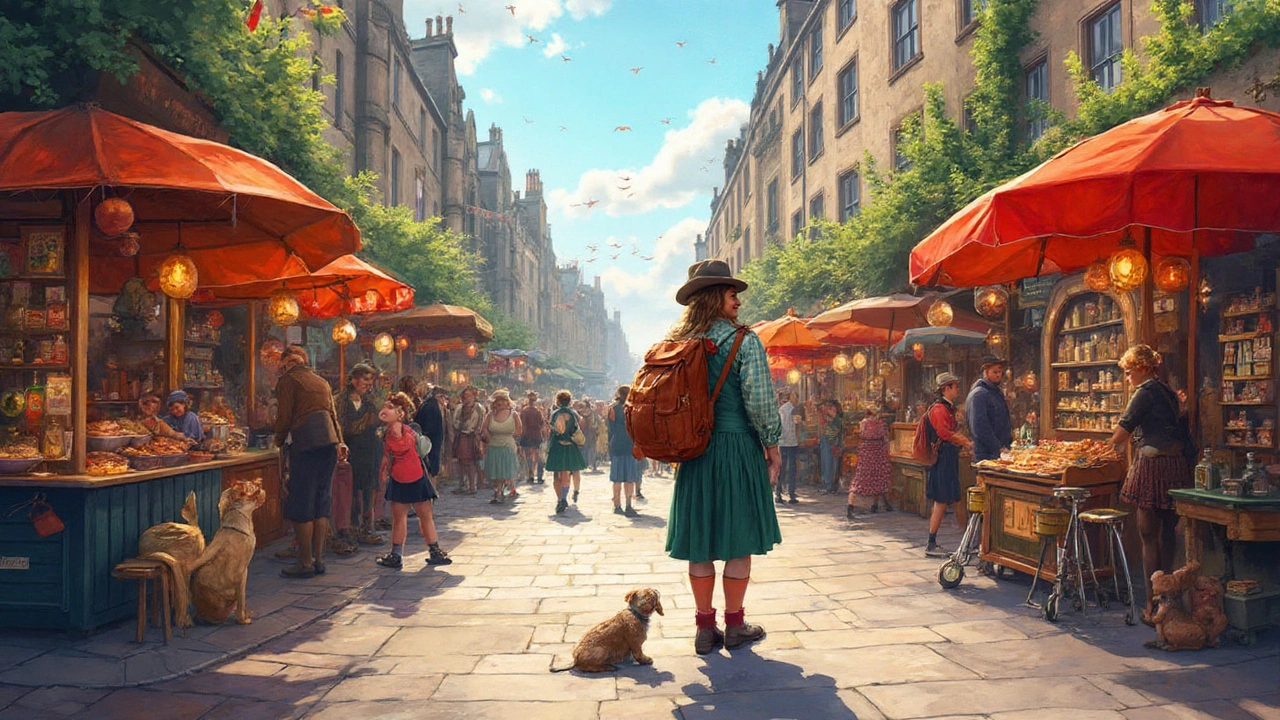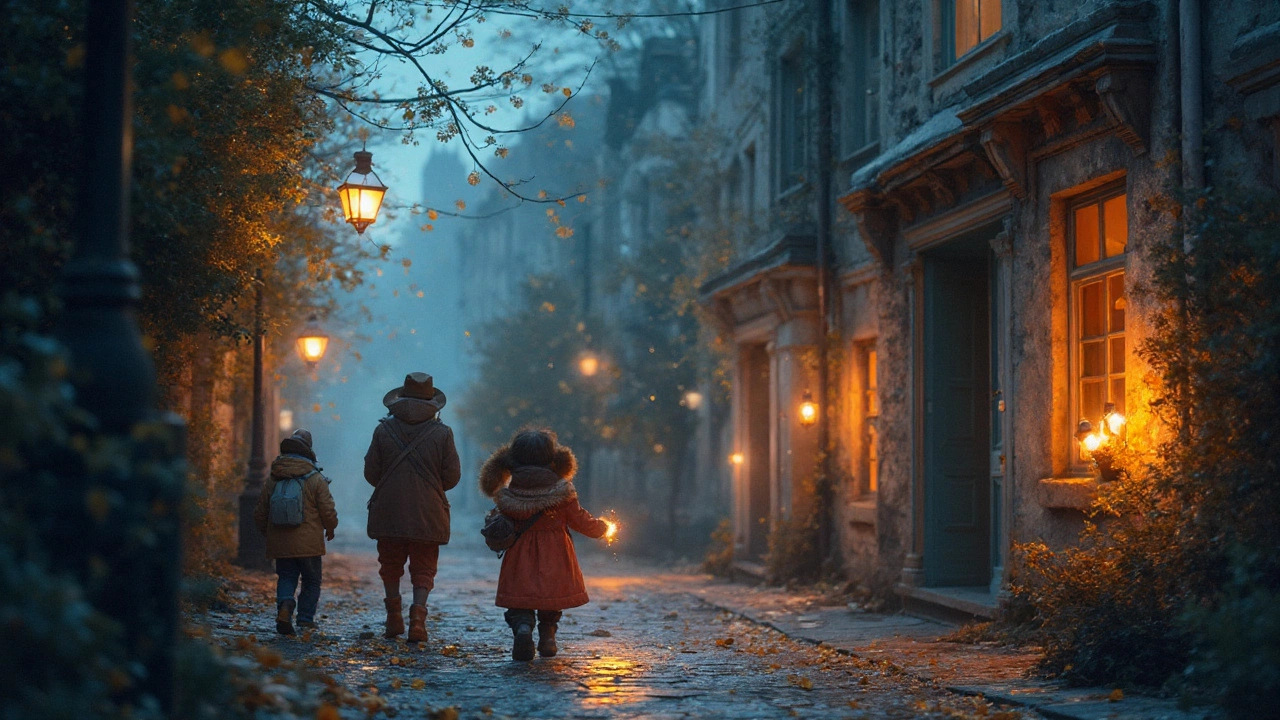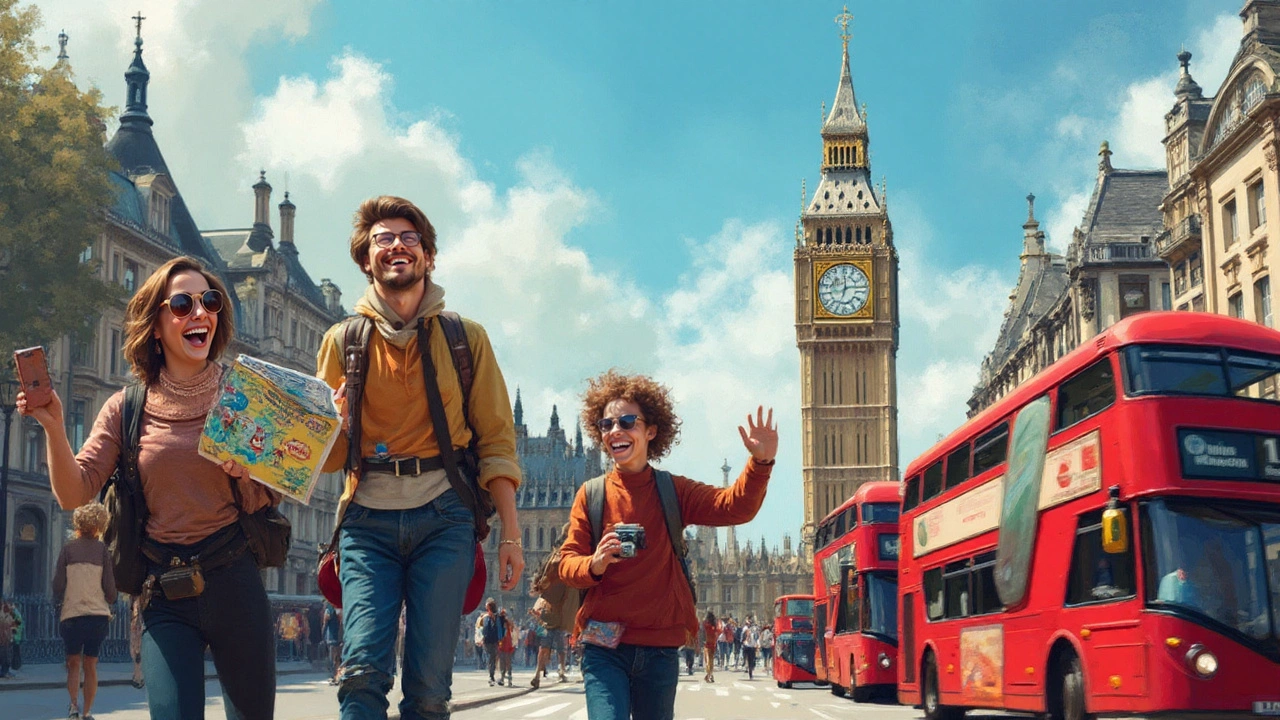Ever met someone who claimed they never got anything out of sightseeing? Usually, that means they’ve only thought of sightseeing as walking through a museum clutching a soggy map. But in reality, the world of sightseeing is wilder and weirder than most people think. It’s not just snapping photos in front of famous buildings or nodding along blankly during some local’s monologue tour. Sightseeing is everything from giraffe-spotting in Nairobi to drifting through neon-lit food alleys in Tokyo. The whole concept is less about what you see and more about how you experience it—if you do it right, you don’t just remember the place, you remember how it made you feel.
Classic Sightseeing Spots and Why They Matter
Let’s get the obvious out of the way—the world’s got its classics for a reason. You’d feel kind of weird visiting Paris and ignoring the Eiffel Tower, right? These icons are famous because they pack meaning, history, or just plain jaw-dropping visuals. Here’s the twist: the experience changes based on how you approach them. Sure, Rome’s Colosseum is impressive. But wandering outside after a spring rain, when the stones are slick and the streets are quiet, hits totally different. Standing in front of the Statue of Liberty at sunrise? You suddenly feel the city’s pulse, way before the crowds show up. Classic sightseeing isn’t about boxes to tick—it’s about tapping into the stories that made those places famous.
And don’t underestimate National Parks. The U.S. alone has 63 national parks and each year, over 330 million people visit them, according to the National Park Service in 2023. Ever stood at the edge of the Grand Canyon while a thunderstorm rolls through? Instant goosebumps, like you’re watching the planet flex its muscles. Likewise, city landmarks have their secrets if you linger. The London Eye seems touristy—until you watch the sunset with the city spread out below, realizing why every skyline photo seems to feature it. Major urban parks, like Central Park in New York, double as green lungs for the city and unofficial concert venues. Every classic has a hidden side. Wanna really experience them? Show up at odd hours, chat up local guides, or find a rooftop nearby and take it all in from above.
Here’s a bite-sized look at the footfall these hotspots pull every year:
| Landmark/Park | Visitors per Year |
|---|---|
| Eiffel Tower, Paris | 6.2 million (2023) |
| Grand Canyon National Park, USA | 4.7 million (2023) |
| Great Wall of China | 10 million (pre-2020 average) |
| Central Park, New York | 42 million (2023) |
Bottom line: go to these places—but make the experience your own. Pay attention to the small moments, not just the postcards.

Uncommon and Creative Ways to Sightsee
If your idea of sightseeing involves more adrenaline than audio guides, you’re not alone. There’s no rulebook that says you can’t count whale watching or mural hunting as sightseeing. Actually, pushing past the tourist zones can drop you into some of the most memorable experiences you’ll ever have. Try joining a local nighttime food crawl in Bangkok, munching your way through skewers you can’t quite identify (bonus points if you don’t ask what’s inside until you’ve eaten three). Street art tours in cities like Berlin or Sao Paulo show off a different side of creativity—a story told in spray paint, layer by layer. They can be more moving than most galleries. An underground tunnel tour in Edinburgh lets you physically step through layers of history, with only a lantern and your own nervous laughter for company.
Ever thought about using new tech to see old sights? Augmented reality apps let you 'see' what the Roman Forum looked like centuries ago, overlaying columns and people over today’s ruins. Google Lens can translate signs in real time, letting you confidently try a hole-in-the-wall bistro that hasn’t seen a tourist menu in decades. Urban cycling tours? You cover miles while soaking up neighborhoods most people breeze past in taxi cabs. In Amsterdam, you can even take canal tours via paddle board—talk about blending fitness and city history.
And then there’s the magic of seasonal and event-based sightseeing. Aurora chasing in Norway needs patience, coffee, and the guts to stand outside at night in freezing weather. But when the sky explodes in green and violet swirls, you forget the cold. Cities like Rio come alive during Carnival, turning every street corner into a moving painting. Yes, it’s chaotic. That’s the appeal—being swept up in something bigger than yourself.
- Treetop walks in places like Costa Rica or Singapore offer new vantage points and a totally different world above the ground.
- Balloon rides over Cappadocia, where you watch sunrise paint the rocks gold from hundreds of feet up.
- Snorkeling or glass-bottom boat tours around Australia’s Great Barrier Reef. No museum display comes close to real coral glowing under the sun.
- Themed bus or tram tours—like Prague’s vintage trams or London’s Harry Potter tour bus—blend pop culture with local stories.
- Traditional Japanese tea ceremonies, a way to literally taste history.
The world’s full of these little adventures disguised as sightseeing. The trick is to look for whatever makes your pulse race a little faster.

Sightseeing Tips for First-Timers and Pros Alike
If you’ve ever frozen up while staring at a guidebook the size of a brick, here’s some relief: nobody sees it all. The best way to sightsee is the one that fits how you like to see the world. Still, a few simple tips can turn even a quick stroll into something way more memorable.
First off, talk to locals. Taxi drivers, baristas, street performers—they live where you’re visiting, and they’re usually happy to send you off the beaten track. The cheesemonger in Florence who tells you to check out a tiny nearby piazza? You’ll remember that advice years after you forget the big museum tour. Second, plan with flexibility. Weather, crowds, or random parades might mess up your schedule. Sometimes that’s where the gold is. A rainstorm might empty the Louvre’s lines or stall you under a cafe’s awning, leading to an impromptu chat with a stranger.
Photo-taking is tricky. The urge to capture everything makes sense, but sometimes the best moments are the ones you let slip past your lens. Snap a few, then slip the phone in your pocket—at least for a while. Bring some backup power (portable charger) if you use your phone for maps or translation. And if you’re seeing churches, shrines, or sacred sites, check ahead on etiquette. Cover your shoulders, be quiet, and ask before taking photos. Respect is part of the experience.
- Start early or go late. You dodge crowds and see places in a different light—literally.
- Layer up. Even in summer, Chicago’s lakefront can get breezy.
- Keep snacks and water on hand. Sometimes the best sights happen miles from the nearest food stand.
- Get lost on purpose once. Some of the best finds are accidental.
- If you’re nervous about language, learn a few polite phrases. Locals usually appreciate the effort, even if you sound like a toddler.
Remember, every place tells a different story, and the best sights are sometimes the ones nobody else notices. A fleeting mural on a crumbling wall, the smell of fresh bread at a morning market, the way a city sounds just before sunrise. That’s what’s at the heart of real sightseeing: showing up, tuning in, and letting the world surprise you.

